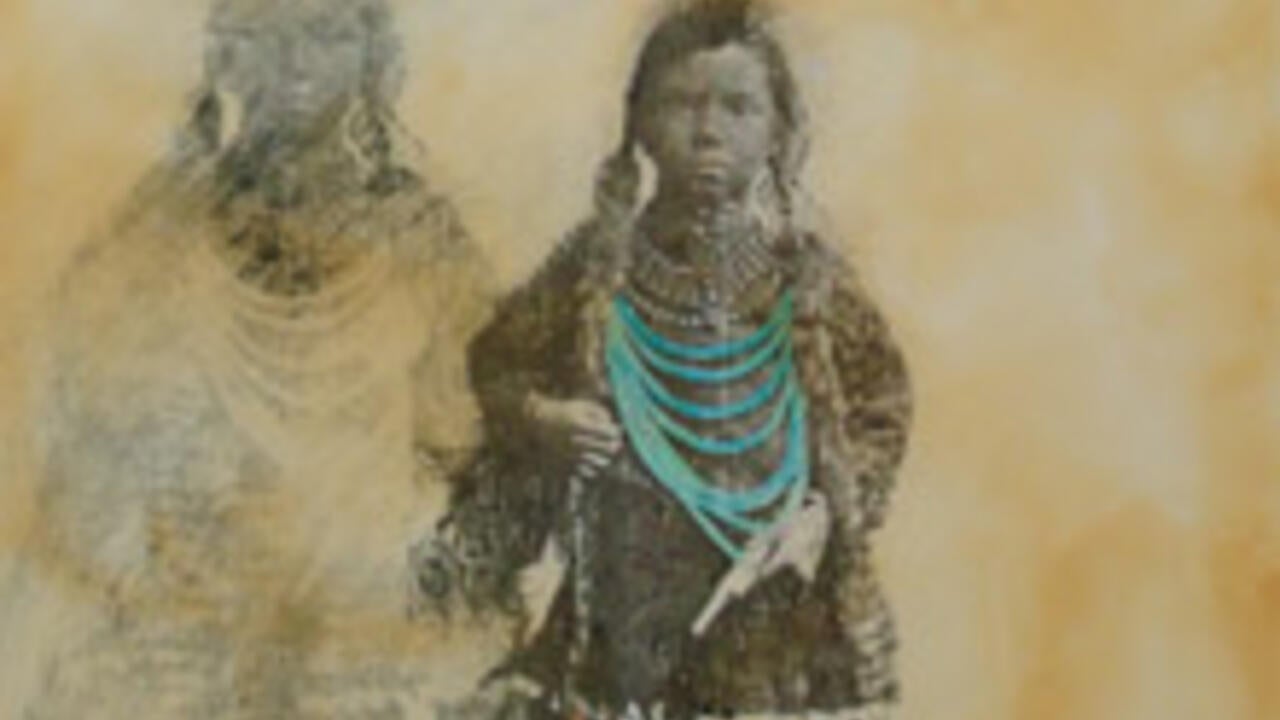
Using art to reflect Indigenous experiences during Canada 150+
Face to Face art exhibition features Canadian youth from the last 150 years to draw attention to Canada’s cultural diversity

Face to Face art exhibition features Canadian youth from the last 150 years to draw attention to Canada’s cultural diversity
By Taylor Legere University Relations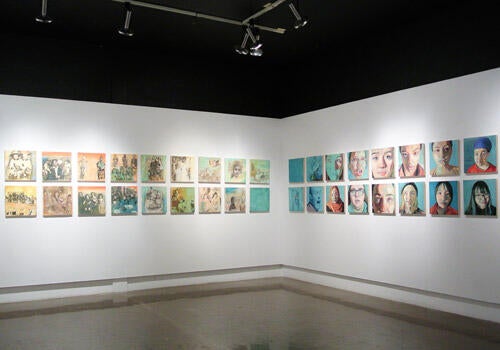 A University of Waterloo professor and artist is launching an exhibition that includes portraits of contemporary university students and historical images of Indigenous youth to broaden the narrative about Canada’s history during its 150th anniversary.
A University of Waterloo professor and artist is launching an exhibition that includes portraits of contemporary university students and historical images of Indigenous youth to broaden the narrative about Canada’s history during its 150th anniversary.
Eva McCauley, a Waterloo alumnus and adjunct professor in the Department of Fine Arts, invites students, faculty, and community members to attend the opening night of Face to Face on Thursday, November 16, 2017 from 5 pm to 8 pm in Artery Gallery in East Campus Hall. The project is in celebration of Canada’s 150th+ anniversary year.
The Canada 150+ initiative was launched by the Urban Aboriginal Peoples Advisory Committee in Vancouver as way to include Indigenous culture and history in Canada’s anniversary celebrations.
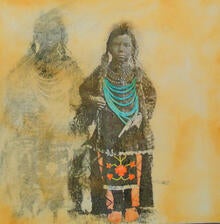 “I'm using the 150+ to make a point about the importance of being more inclusive of the Aboriginal experience in relation to the sesquicentennial, and challenge the enduring myth that Canada was empty and in need of ‘civilizing’ prior to 1867,” said McCauley. “My hope is that a truer and less simplistic narrative emerges … and acknowledges the trauma and genocidal actions experienced by the Aboriginal populations.”
“I'm using the 150+ to make a point about the importance of being more inclusive of the Aboriginal experience in relation to the sesquicentennial, and challenge the enduring myth that Canada was empty and in need of ‘civilizing’ prior to 1867,” said McCauley. “My hope is that a truer and less simplistic narrative emerges … and acknowledges the trauma and genocidal actions experienced by the Aboriginal populations.”
The collection consists of 16 contemporary oil paintings of Waterloo Fine Arts students and 24 historical mixed-media pieces of Canadian youth. The paintings are intended to provide a loose narrative of the last 150 years.
McCauley was initially inspired by the openness and generosity of her fine arts students to pursue the project. “I was thinking how I would like to approach the 15/150 grant and I felt quite stuck by the diversity in my class which has been increasing over the years I’ve been teaching at the university,” she said.
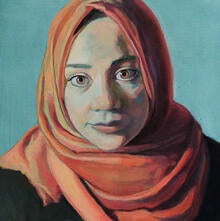 For the historical aspect of the project McCauley chose to utilize images of youth from the Library Archives Canada, as well as the Region of Waterloo Archives, with a particular focus on the assimilation of Indigenous children by European settlers.
For the historical aspect of the project McCauley chose to utilize images of youth from the Library Archives Canada, as well as the Region of Waterloo Archives, with a particular focus on the assimilation of Indigenous children by European settlers.
“My inclusion of the images of Aboriginal youth, in this series of paintings, is a gesture of respect, recognition and honouring them as our nation's original inhabitants … and supporting the process of rebuilding and reclaiming what was lost,” said McCauley.
“I like this one because it gets the idea of the colonization process across, the cultural genocide that occurred and the pressure that was placed on aboriginal youth to discard their customs,” said McCauley in reference to one of the paintings in the historical portion of her collection.
McCauley uses a combination of photocopy transfers of historical photographs, oil paint, and bees wax for her historically-inspired pieces to encourage her audience to reflect on how historical events are interpreted.
“This construction questions the idea of photography as an accurate record of history and reality,” said McCauley.
The project will be on display in the Artery Gallery until November 18. The works will also be on display at the Rotunda Gallery in Kitchener from January 3 to January 31, 2018 and on Eva McCauley’s website. For more information about the project please visit the 15/150 Arts Fund website.
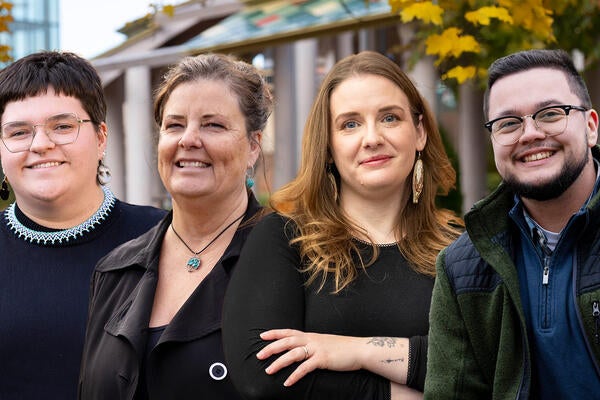
Read more
Researchers awarded funding to investigate ecology, climate change, repatriation, health and well-being through cultural and historical lens

Read more
Shop Canadian this holiday season with festive porch plants, fashion-forward apparel, craft spirits and more from Waterloo entrepreneurs
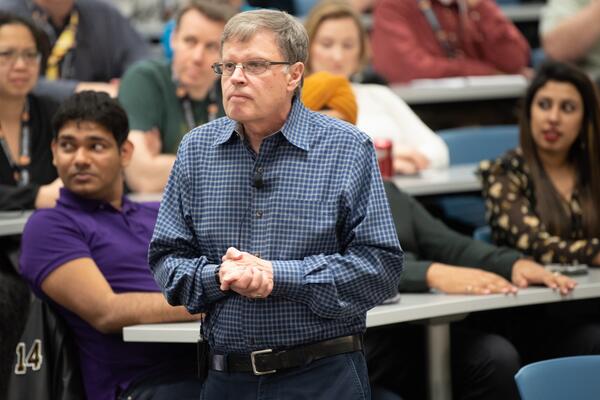
Read more
For more than four decades, Waterloo professor Larry Smith has helped build the University's reputation for innovation and entrepreneurial excellence
The University of Waterloo acknowledges that much of our work takes place on the traditional territory of the Neutral, Anishinaabeg, and Haudenosaunee peoples. Our main campus is situated on the Haldimand Tract, the land granted to the Six Nations that includes six miles on each side of the Grand River. Our active work toward reconciliation takes place across our campuses through research, learning, teaching, and community building, and is co-ordinated within the Office of Indigenous Relations.